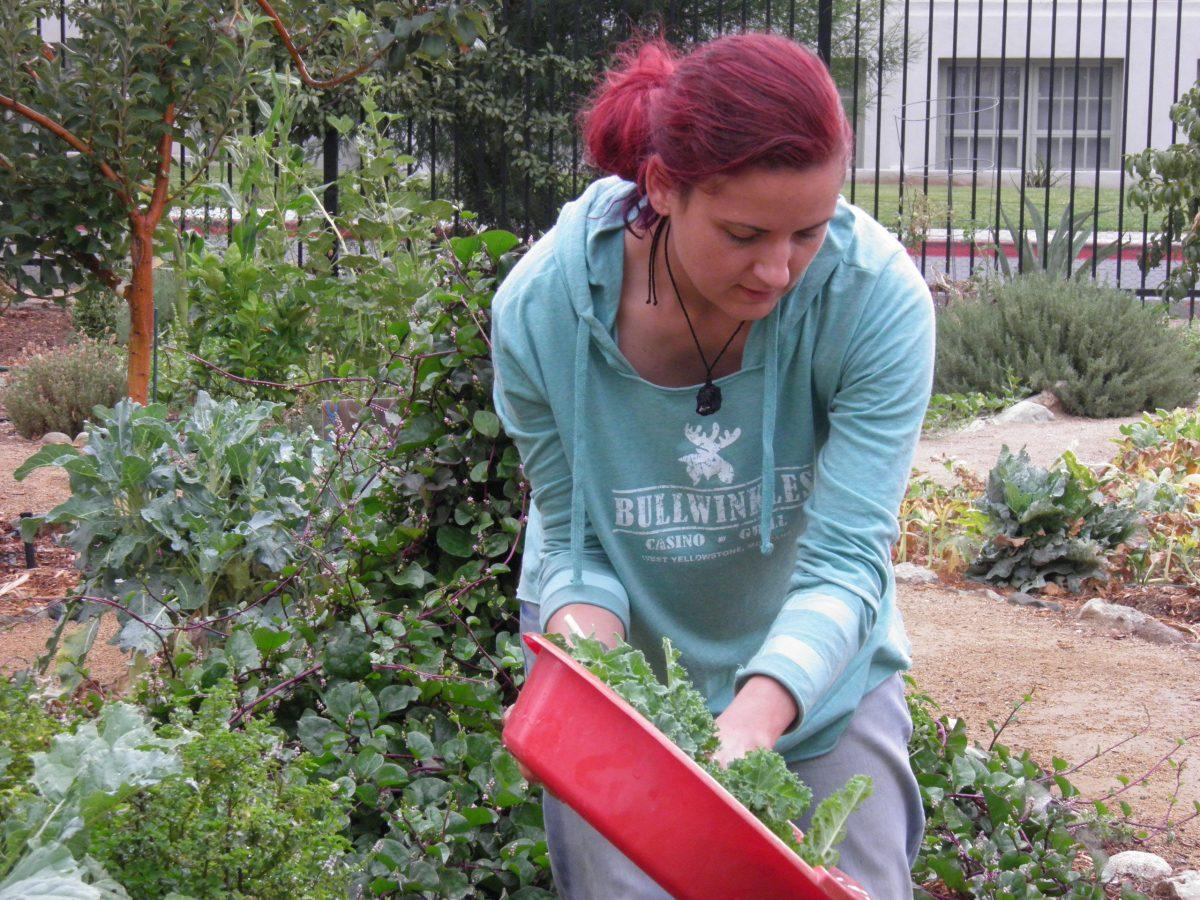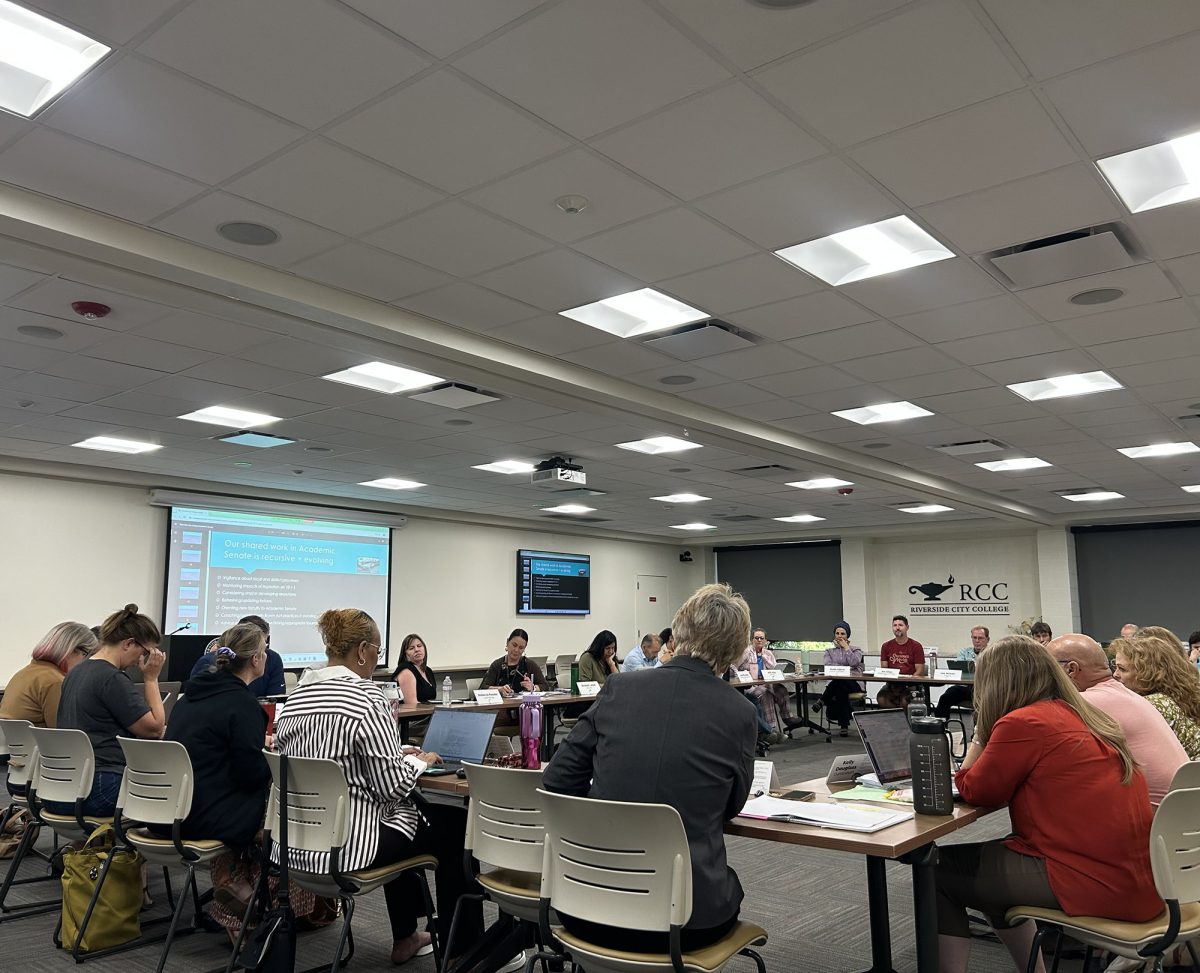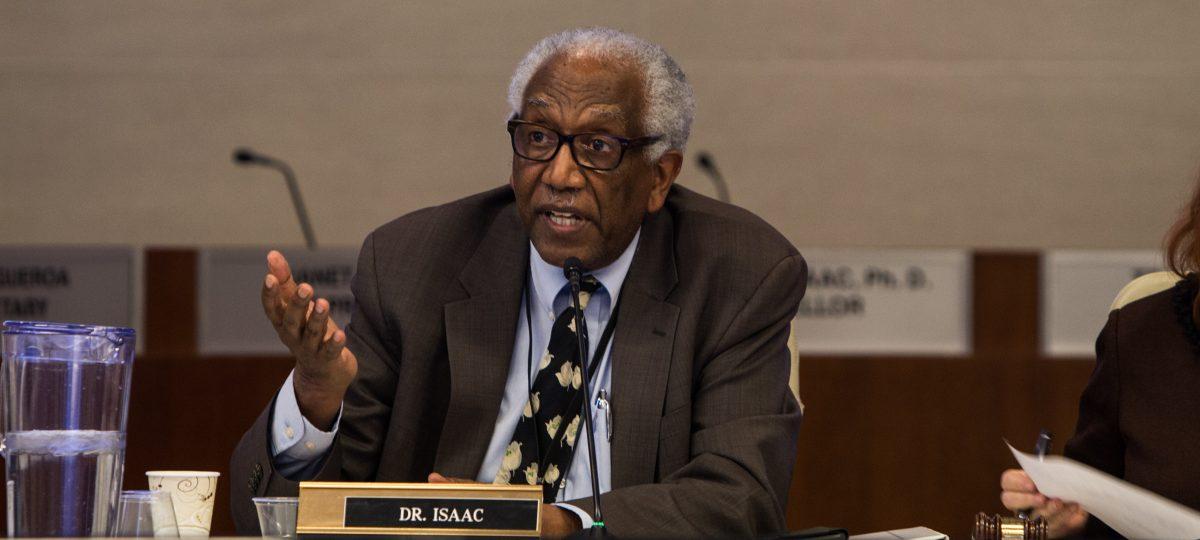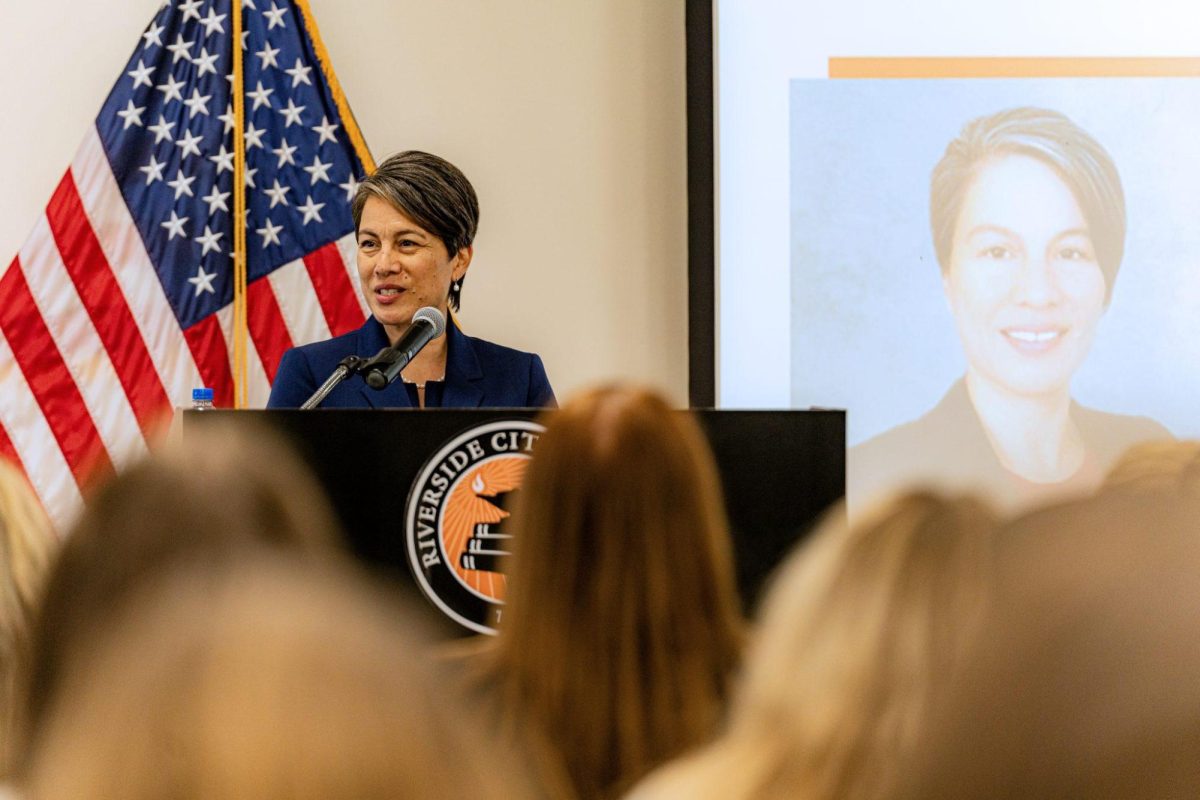By Joshua Burciaga
The world is getting warmer.
Whether one believes it’s man-made or naturally made; regardless, it’s just one of the many things it was made to do.
In a polarized debate about climate change, one thing is for certain: the rate of CO2 in the air is rising.
CO2 and sunlight are the two essential ingredients needed for plants to grow. One would think that if one increases the amount of sunlight, CO2, or both, one would attain a higher yield when growing crops.
That’s exactly what happened, but it came at a price.
Since the industrialization of our agriculture, Western society has introduced a new era of cheap and bountiful amounts of food and produce for the world’s population, but here lies the issue.
“A diet based on quantity rather than quality has ushered a new creature onto the world stage: the human being who manages to be both overfed and undernourished, two characteristics seldom found in the same body in the long natural history of our species,” Michael Pollan said.
Michael Pollan is an advocate for healthy eating and living habits, and helps to simplify the situation.
Pollan and other biologists have been aware that the nutritional value of Earth’s produce has been slowly declining. Important vitamins such as protein, calcium, iron, and vitamin C have declined in our produce over the recent decades.
“To put this in more concrete terms, you now have to eat three apples to get the same amount of iron as you would have gotten from a single 1940s apple,” Pollan said.
The fact that a person has to eat at least three times more food in order to get their required nutrients could explain why food related illnesses such as obesity, insulin resistance and heart attacks are becoming more widespread.
Various researchers and professors argue that the decline of nutrients derives from the poor health of the soil, while others argue that the type of produce we choose to grow aren’t as nutrient packed as other types we have available.
It wasn’t up until recently that a small amount of scholars and professors began to connect this phenomenon to climate change.
This is synonymous with the recent research conducted by mathematician Irakli Loladze.
In a biology lab at Arizona State University, Loladze was studying zooplankton, which are microscopic animals in a sense. These zooplankton rely heavily on the nutrient packed algae that grows on all four corners of the Earth.
Politico reporter Helena Bottemiller Evich points out in her article that in 1998, scientists discovered that by shining more light on the algae, one is able to make the algae grow faster, resulting in a higher yield.
“When the researchers shined more light on the algae, the algae grew faster, and the tiny animals had lots and lots to eat, but at a certain point they started struggling to survive,” Evich said. “This was a paradox. More food should lead to more growth.”
How could excess food result in health problems for both humans and zooplankton? What is happening to the food? Isn’t food growth supposed to be beneficial to society big and small?
Plants rely on sunlight and CO2 to grow, however, the amount of sunlight that plants are exposed to will always remain the same, but the amount of CO2 that plants have been exposed to has steadily been rising over the past century.
As it turns out, if one increases a plant’s CO2 intake, it causes the cells responsible for photosynthesis to go into overdrive.
This causes the plant to focus more on creating carbohydrates such as glucose and other simple sugars while neglecting to make more essential nutrients such as protein, iron, or zinc, the type of nutrients we need to survive.
American dentist Weston Price, researched the inextricable link between the health of our ecosystem and the health of our people.
Price was quick to point out that humans ate cattle, cattle ate grasses and the grass thrived on the Sun.
“The dinner we have eaten tonight was a part of the sun but a few months ago,” Price said in a 1928 lecture to his students.
Price’s theory suggested that if the health of one’s cattle, grasses or sun were to deteriorate, then their health would deteriorate as well.
Humans are inextricably linked to a complex food web that connects all the way to the sun. If any member of this food web were to suffer, then anything and anyone involved in it will suffer as well.
Evich reminds her readers that Loladze’s findings have been consistent worldwide and has had profound effects on the world’s ecosystem.
Evich even takes it a step further by applying this concept to bees.
The bee population has been dwindling down to the point where they are now classified as endangered species. Scientists and researchers have linked this to pesticides and the introduction of invasive species brought irresponsibly by humans.
There were many theories as to why the bee population has been dying off, but only a handful have attributed this to climate change.
Bees rely heavily on Goldenrod, a wildflower that blooms late in the fall season. This flower contains the essential nutrients that bees need in order to hibernate long enough to survive winter.
“They found that the protein content of goldenrod pollen has declined by a third since the industrial revolution and the change closely tracks with the rise of CO2,” Evich said.
The research composed by plant physiologist Lewis Ziska suggests that this is yet another hindrance that an already vulnerable species has to deal with, making the bumble bee species’ future all the more dire.
This may also help explain why thousands of dead fish have been washing up on American shores recently.
Environmentalists and ecologists have been befuddled by this phenomenon, but just like before, no one has linked these unusual deaths to climate change.
Professor Virginia White from Riverside City College’s math and science department offers her expertise on the matter.
She informs that there are many other factors contributing to the demise of the bumble bee population, but in regards to fish, she’s a little more convinced by the correlations.
Remember that fish, just like the zooplankton, rely off of algae in order to survive, and that whales eat microscopic organisms that also rely on algae as its main food source.
“If the nutrient content in algae is deficient, it affects everything, but one has to remember that rising CO2 is not the only factor degrading our oceans. Every factor plays an important role,” said White.
Climate change should concern anybody, especially those living in the Inland Empire, as we are notorious for our polluted air.
However, professor White isn’t as worried about the long term implications of climate change on our produce.
“A large number of plant and crop species are not strongly affected by atmospheric carbon pressure,” White said. “Plants categorized as C3 plants are periodically prone to damage while C4 plants such as grass crops can combat this problem altogether.”
C3 crops, which make up the majority of crops that are grown, are still being affected by rising CO2 levels, but White is confident that the U.S. is handling the issue correctly.
“I don’t think climate change is as big as an issue when it comes to our food. The U.S. has strict and rigorous regulations put in place for our crops,” White said.
It’s understandable for one to be concerned, but rest assured, the scientific and educated community are convoluting different methods of combating this problem.
As the scientific community delves into the complexities of climate change, they reiterate that climate change is natural and is one of the many factors contributing to this decline.
It’s also important to know that the climate has always been prone to change.
In the past, the Earth’s atmosphere was burned up by an asteroid during the Jurassic Era, then shortly after, the entire Earth was consumed by the Ice Age.
There was even a time on Earth where the water level rose over mountains, and there was even a time where the Earth didn’t have a climate or an atmosphere for that matter.
One cannot halt climate change because climate change has proven to be inevitable.
The Earth has been able to survive climate change for eons, but the big question is: can we?













